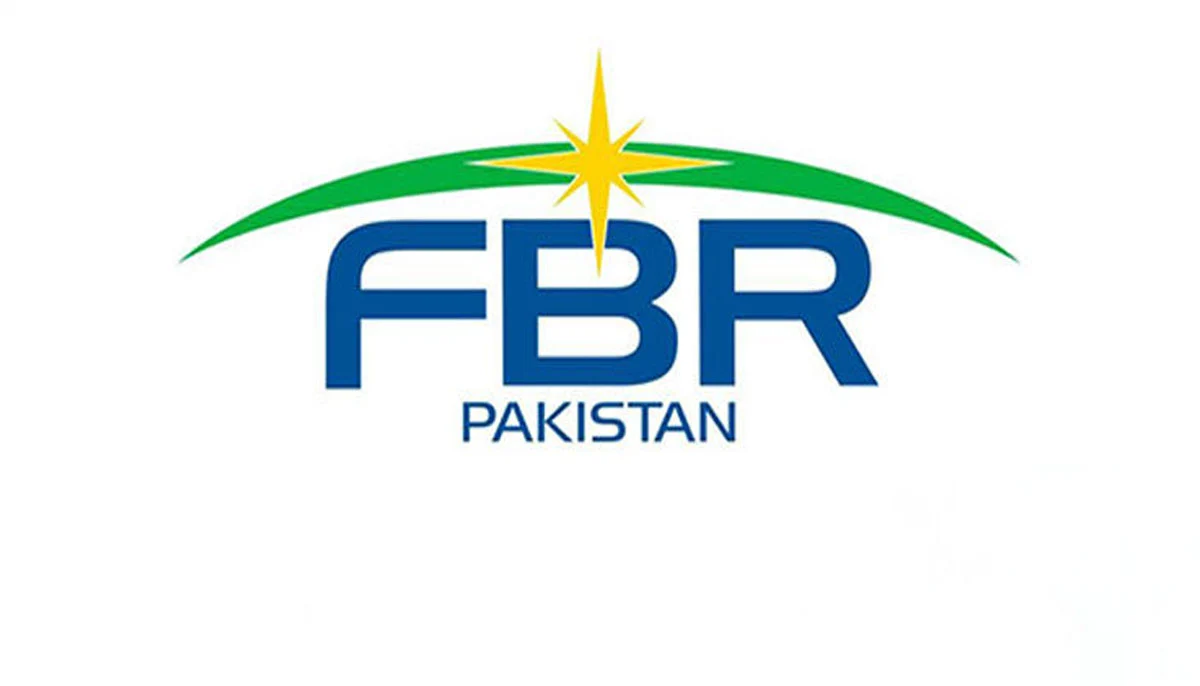The Federal Board of Revenue (FBR), with its commitment to fiscal responsibility and revenue generation, has recently implemented significant changes in withholding tax rates on immovable properties in Pakistan.
These revisions, effective from July 1, 2023, fall under the purview of the Finance Act 2023. This article delves into the details of the revised rates, their implications for taxpayers, and the measures undertaken by the FBR to ensure the smooth implementation of these changes.
The Revised Withholding Tax Rates:
Under the Finance Act 2023, the FBR has undertaken revisions to the withholding tax rates on the purchase and sale of immovable properties.
These revisions are focused on sections 236C (Advance Tax on sale or transfer of immovable Property) and 236K (advance tax on purchase or transfer of immovable property) of the Income Tax Ordinance 2001.
Impact on Filers and Non-Filers:
- Increased Rates for Filers: For individuals who file their income tax returns, the withholding tax rate under section 236C has been raised from 2 percent to 3 percent. Similarly, under section 236K, the rate has also been increased from 2 percent to 3 percent. This adjustment aims to balance the revenue collection and promote tax compliance among filers.
- Higher Rates for Non-Filers: Non-filers, individuals who do not submit income tax returns, face higher withholding tax rates. Under section 236C, the rate has been elevated from 4 percent to 6 percent. For section 236K, non-filers now encounter a significant increase from 7 percent to 10.5 percent. These measures encourage non-filers to contribute their fair share towards the national exchequer.
FBR’s Field Formations and Enforcement:
In this diagram, each tax rate is associated with its respective section and type of transaction. Sections 236C and 236K are described as follows:
- Section 236C: This section deals with the advance tax on the sale or transfer of immovable property. For filers, the rate has been revised to 3%, while for non-filers, the rate has increased to 6%. This tax is applied when individuals sell or transfer ownership of immovable properties.
- Section 236K: This section pertains to the advance tax on the purchase or transfer of immovable property. For filers, the revised rate is 3%, and for non-filers, the rate has been elevated to 10.5%. This tax applies when individuals buy or transfer ownership of immovable properties.
To ensure the successful implementation of the revised withholding tax rates, the FBR’s field formations have been proactively engaged. The revised rates are now enforced across the country, requiring taxpayers and property buyers/sellers to adhere to these changes from the specified effective date.
Immovable Properties: Tax Authorities Issuing ‘Super Tax’ Notices:
In line with its commitment to tax collection and enforcement, the FBR has started issuing ‘super tax’ notices to individuals involved in the buying and selling of immovable properties. This development reinforces the FBR’s commitment to ensuring transparency, accountability, and a fair distribution of the tax burden.
The Federal Board of Revenue’s implementation of revised withholding tax rates on immovable properties is a crucial step towards enhancing revenue collection and promoting tax compliance. By adjusting rates for both filers and non-filers and enforcing these changes across the country, the FBR is ensuring a fair distribution of the tax burden and contributing to the nation’s economic growth.
FAQs:
Q: Why have the withholding tax rates on immovable properties been revised?
A: The FBR revised these rates to enhance revenue collection and promote tax compliance among both filers and non-filers.
Q: How will the revised rates impact individuals who file income tax returns? A: Filers will experience a slight increase in withholding tax rates, reflecting the government’s efforts to encourage tax compliance.
Q: What are the new withholding tax rates for non-filers?
A: Non-filers face higher rates of withholding tax, motivating them to contribute to the national exchequer and promote tax fairness.
Q: When did the revised rates come into effect?
A: The revised rates became effective from July 1, 2023, as specified in the Finance Act 2023.
Q: How has the FBR ensured the implementation of these changes?
A: The FBR’s field formations have been actively involved in enforcing the revised rates across the country.
Q: What is the significance of the ‘super tax’ notices?
A: The ‘super tax’ notices signify the FBR’s commitment to transparency, accountability, and equitable taxation in property transactions.


